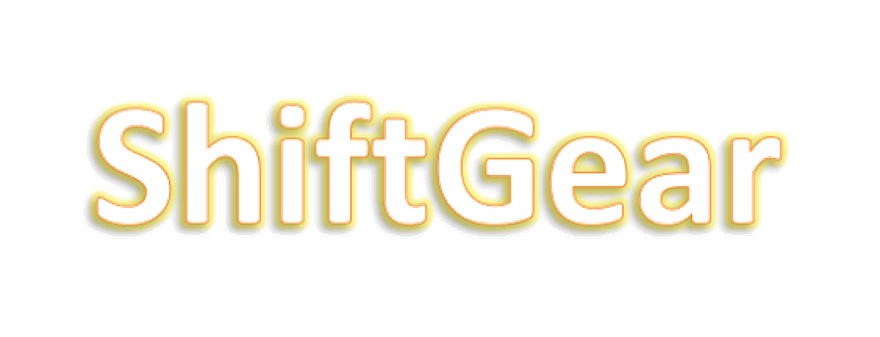**Explanation of the Working Mechanism of Centrifugal Gear-Driven Tattoo Machines**
(Explanation of the Working Mechanism of Centrifugal Gear Driven Tattoo Machines)
Tattoo machines have evolved significantly since their inception, with modern designs incorporating advanced engineering principles to enhance performance, precision, and reliability. Among the various types of tattoo machines available today, centrifugal gear-driven tattoo machines stand out due to their unique working mechanism and efficiency. This article delves into the engineering principles behind these machines, explaining their operation and the advantages they offer to tattoo artists.
### Overview of Centrifugal Gear-Driven Tattoo Machines
Centrifugal gear-driven tattoo machines are a type of rotary tattoo machine that utilizes a combination of centrifugal force and gear mechanisms to drive the needle. Unlike traditional coil-based tattoo machines, which rely on electromagnetic coils to move the needle, rotary machines operate using a rotating motor. The centrifugal gear-driven variant introduces an additional layer of mechanical complexity by incorporating gears and centrifugal force to optimize needle movement.
### Key Components and Their Functions
1. **Motor**: The heart of the centrifugal gear-driven tattoo machine is its electric motor. Typically, a small DC motor is used due to its compact size, efficiency, and ability to provide consistent rotational speed. The motor’s shaft is connected to a gear system, which translates the rotational motion into the desired needle movement.
2. **Gear System**: The gear system is a critical component that determines the machine’s performance. It consists of a set of gears that amplify or reduce the motor’s rotational speed, depending on the desired needle stroke. The gears are precision-engineered to ensure smooth operation and minimal friction, which is essential for maintaining consistent needle movement.
3. **Centrifugal Mechanism**: The centrifugal mechanism is what sets this type of tattoo machine apart. It consists of a weighted arm or flywheel attached to the motor shaft. As the motor rotates, the centrifugal force generated by the spinning weights causes the arm to move outward. This motion is then transferred to the needle, creating a reciprocating or oscillating movement.
4. **Needle Bar and Tube**: The needle bar is connected to the centrifugal mechanism and moves in response to the forces generated by the rotating weights. The needle bar is housed within a tube, which guides the needle’s movement and ensures precise penetration into the skin. The tube also serves as a reservoir for ink, allowing for consistent ink flow during the tattooing process.
5. **Frame and Housing**: The frame of the machine holds all the components together and provides structural integrity. It is typically made from lightweight materials such as aluminum or stainless steel to ensure durability without adding unnecessary weight. The housing protects the internal components from external contaminants and provides a comfortable grip for the tattoo artist.
### Working Mechanism
The working mechanism of a centrifugal gear-driven tattoo machine can be broken down into several steps:
1. **Motor Activation**: When the tattoo artist activates the machine, the electric motor begins to rotate. The speed of rotation can be adjusted using a foot pedal or control panel, allowing the artist to fine-tune the machine’s performance based on the specific requirements of the tattoo design.
2. **Gear Rotation**: As the motor shaft rotates, it drives the gear system. The gears translate the motor’s rotational motion into the desired speed and torque for the needle movement. The gear ratio is carefully selected to balance speed and force, ensuring optimal performance.
3. **Centrifugal Force Generation**: The rotating weights attached to the motor shaft generate centrifugal force as they spin. This force causes the weighted arm to move outward, creating a reciprocating motion. The amplitude of this motion can be adjusted by changing the weight distribution or the speed of rotation.
4. **Needle Movement**: The reciprocating motion of the weighted arm is transferred to the needle bar, causing it to move up and down. This movement drives the needle in and out of the skin, depositing ink with each stroke. The precision of the gear system and the consistency of the centrifugal force ensure smooth and even needle movement, resulting in clean and precise lines.
5. **Ink Deposition**: As the needle penetrates the skin, ink is drawn from the tube and deposited into the dermis. The continuous movement of the needle ensures a steady flow of ink, allowing the artist to create detailed and intricate designs.
### Advantages of Centrifugal Gear-Driven Tattoo Machines
Centrifugal gear-driven tattoo machines offer several advantages over traditional coil-based machines:
– **Consistency**: The use of gears and centrifugal force ensures consistent needle movement, reducing the likelihood of uneven lines or inconsistent ink deposition.
– **Precision**: The precise control over needle speed and stroke length allows for greater accuracy, making these machines ideal for detailed work.
– **Quiet Operation**: Rotary machines, including centrifugal gear-driven models, tend to operate more quietly than coil-based machines, creating a more comfortable environment for both the artist and the client.
– **Durability**: The robust construction and use of high-quality materials ensure that these machines are durable and long-lasting, even with frequent use.
### Conclusion
(Explanation of the Working Mechanism of Centrifugal Gear Driven Tattoo Machines)
Centrifugal gear-driven tattoo machines represent a significant advancement in tattoo technology, combining the principles of mechanical engineering with the art of tattooing. By leveraging centrifugal force and precision gear systems, these machines offer tattoo artists a reliable and efficient tool for creating high-quality tattoos. As the demand for intricate and detailed tattoo designs continues to grow, centrifugal gear-driven machines are likely to play an increasingly important role in the industry.


